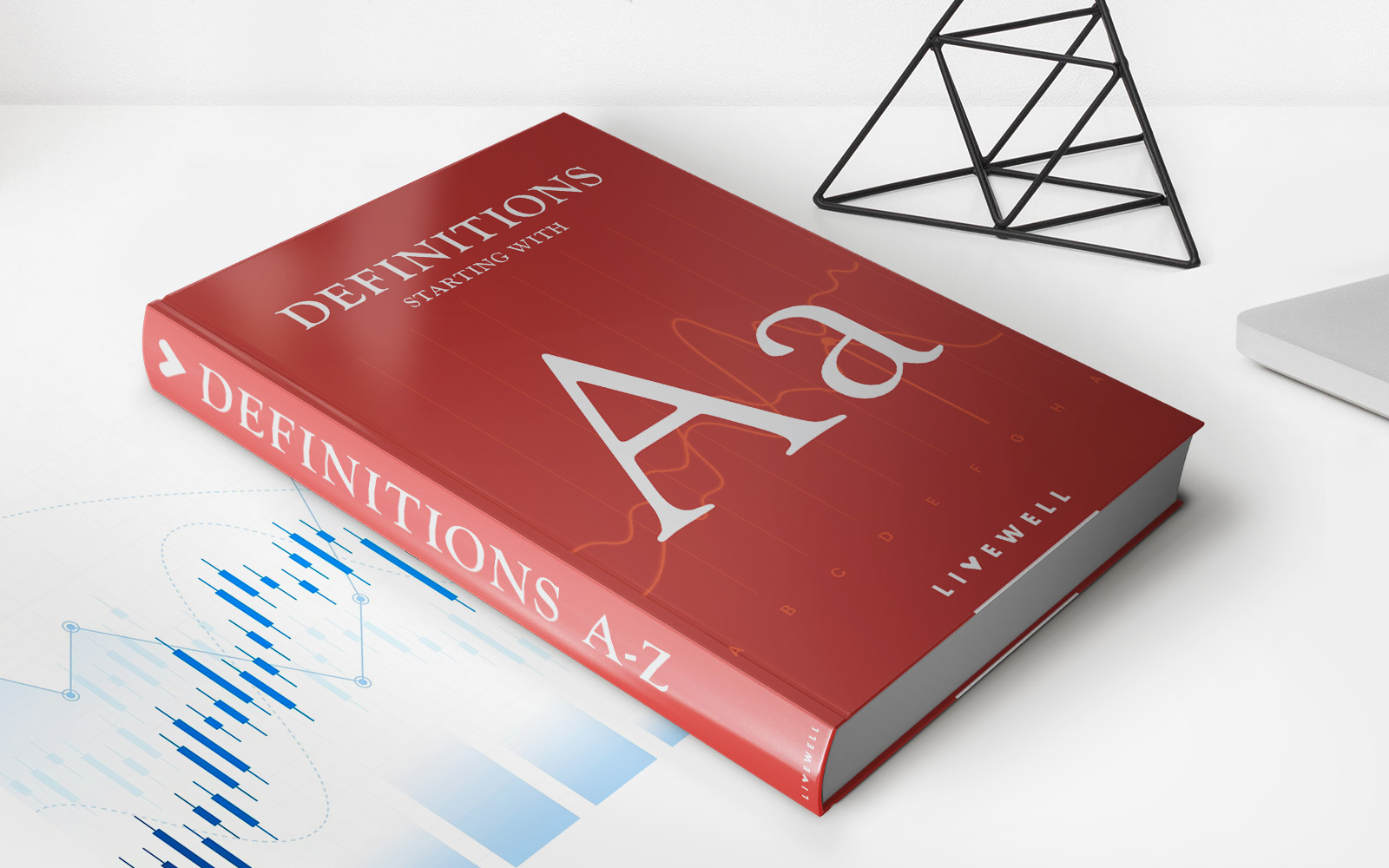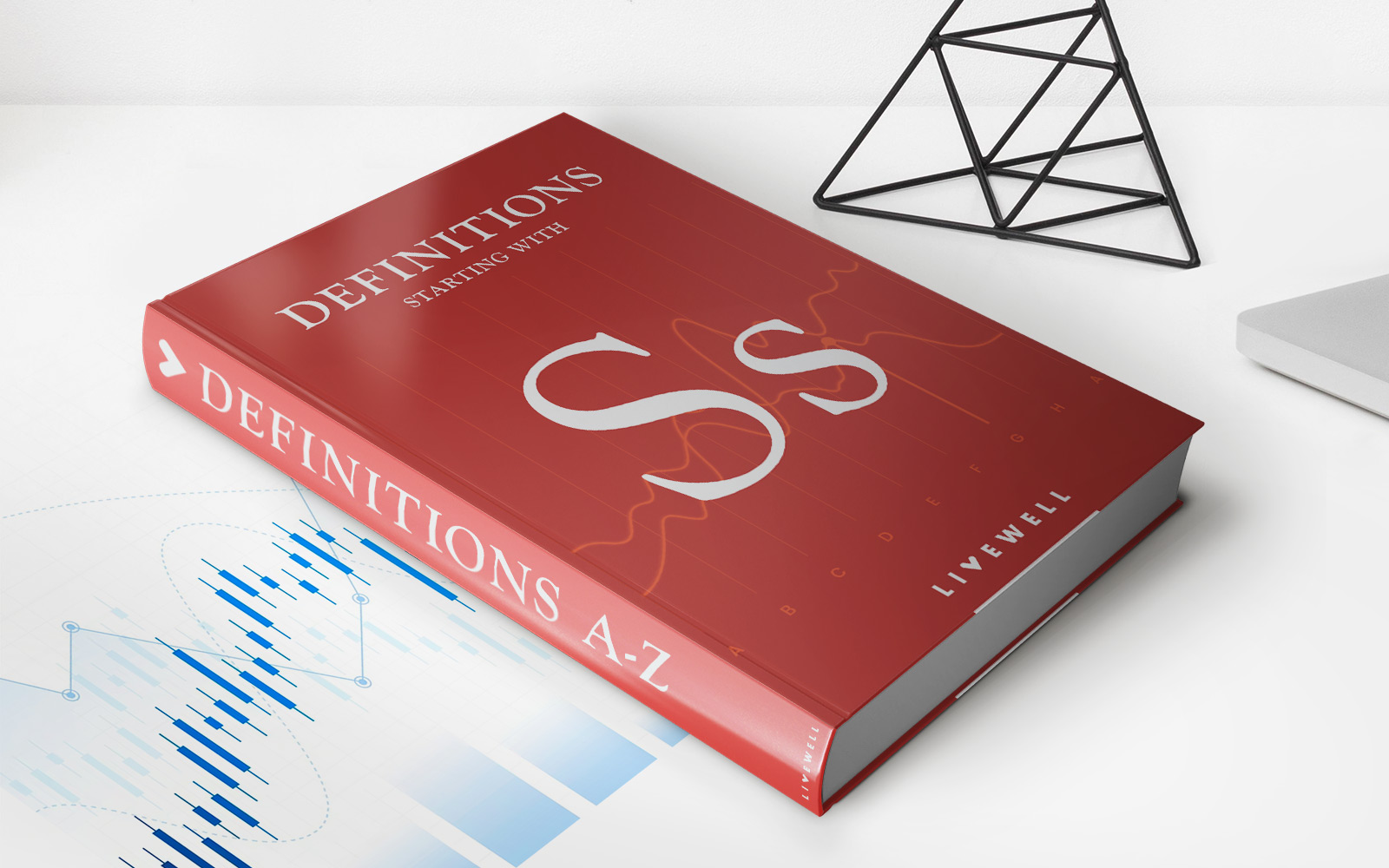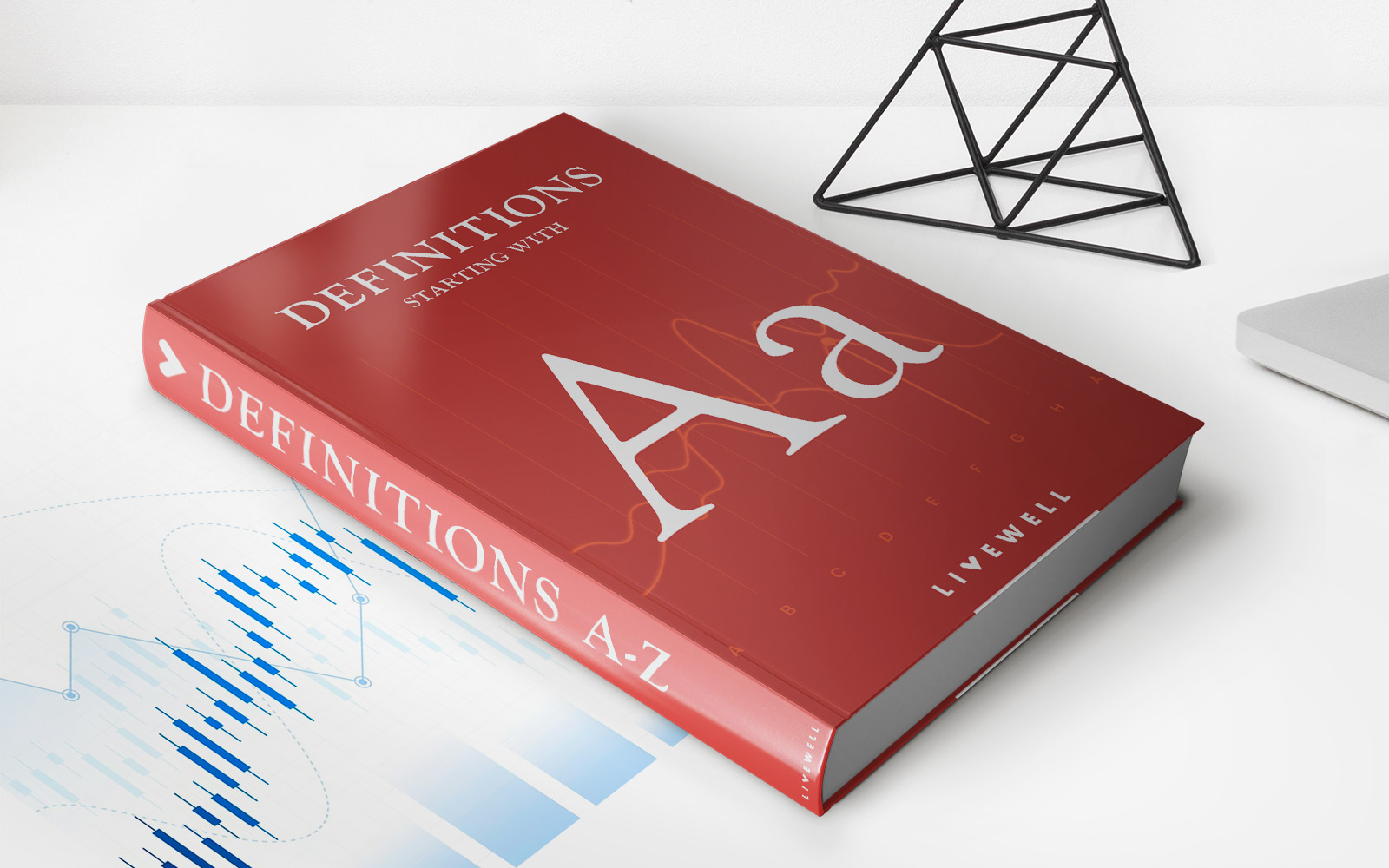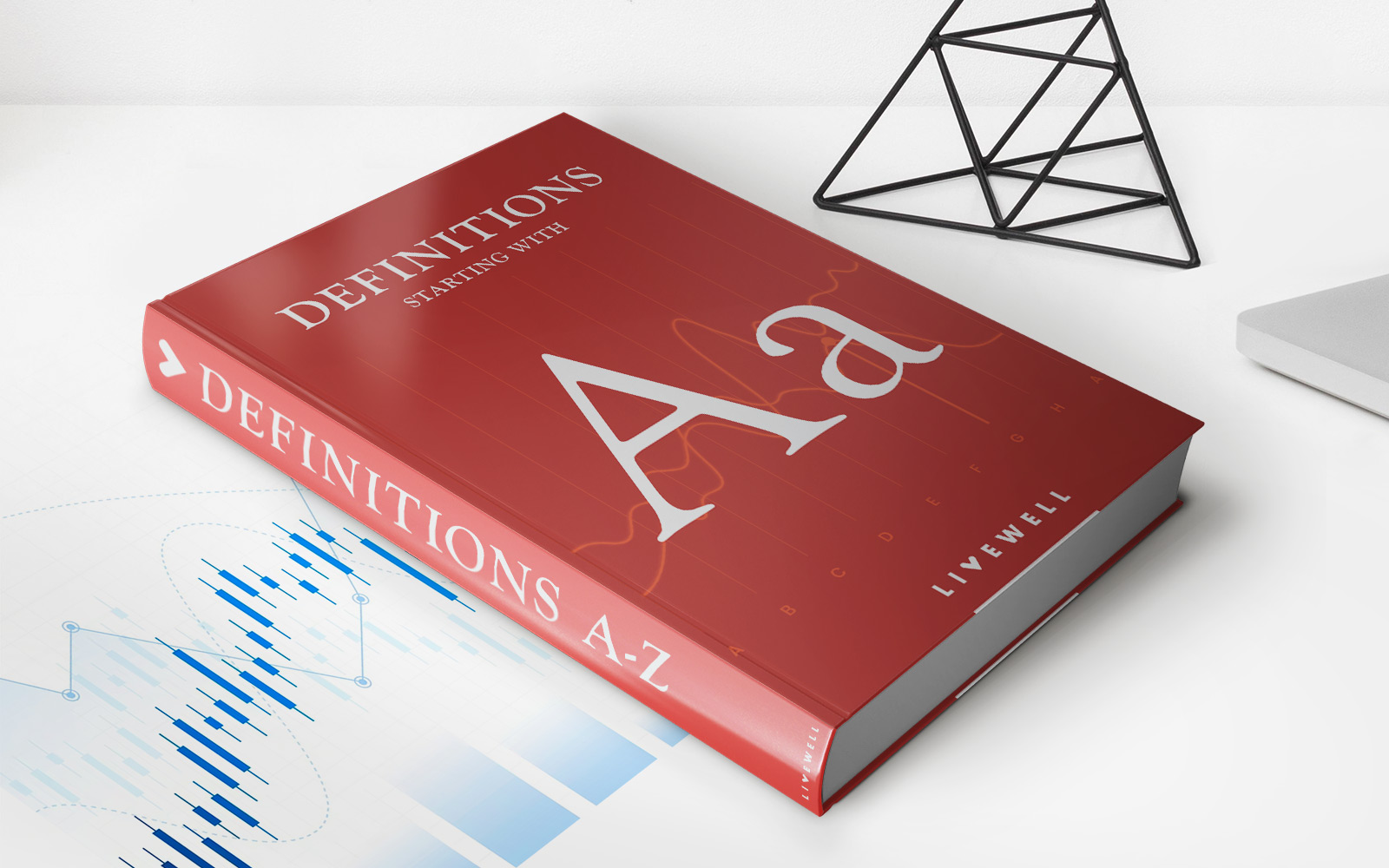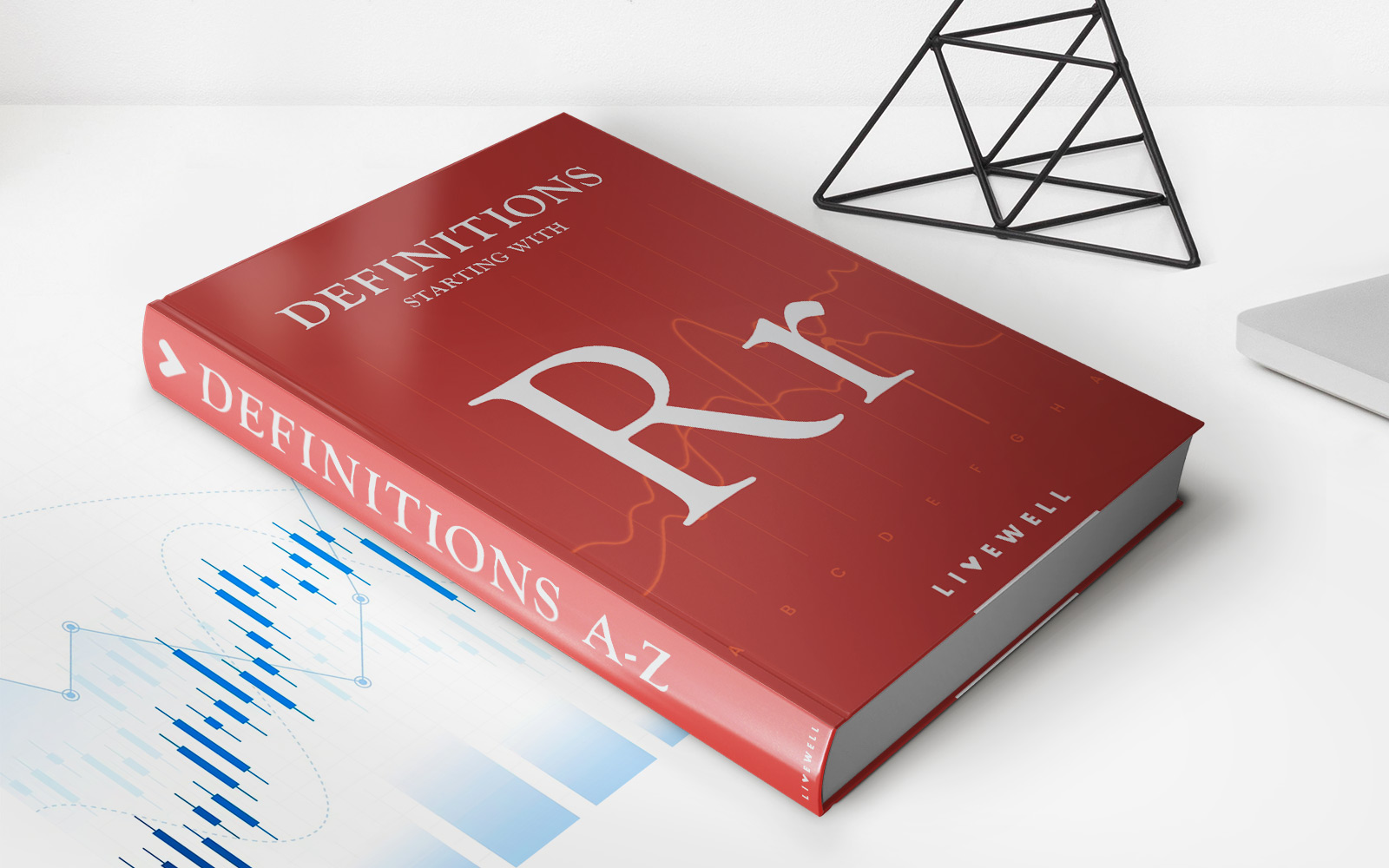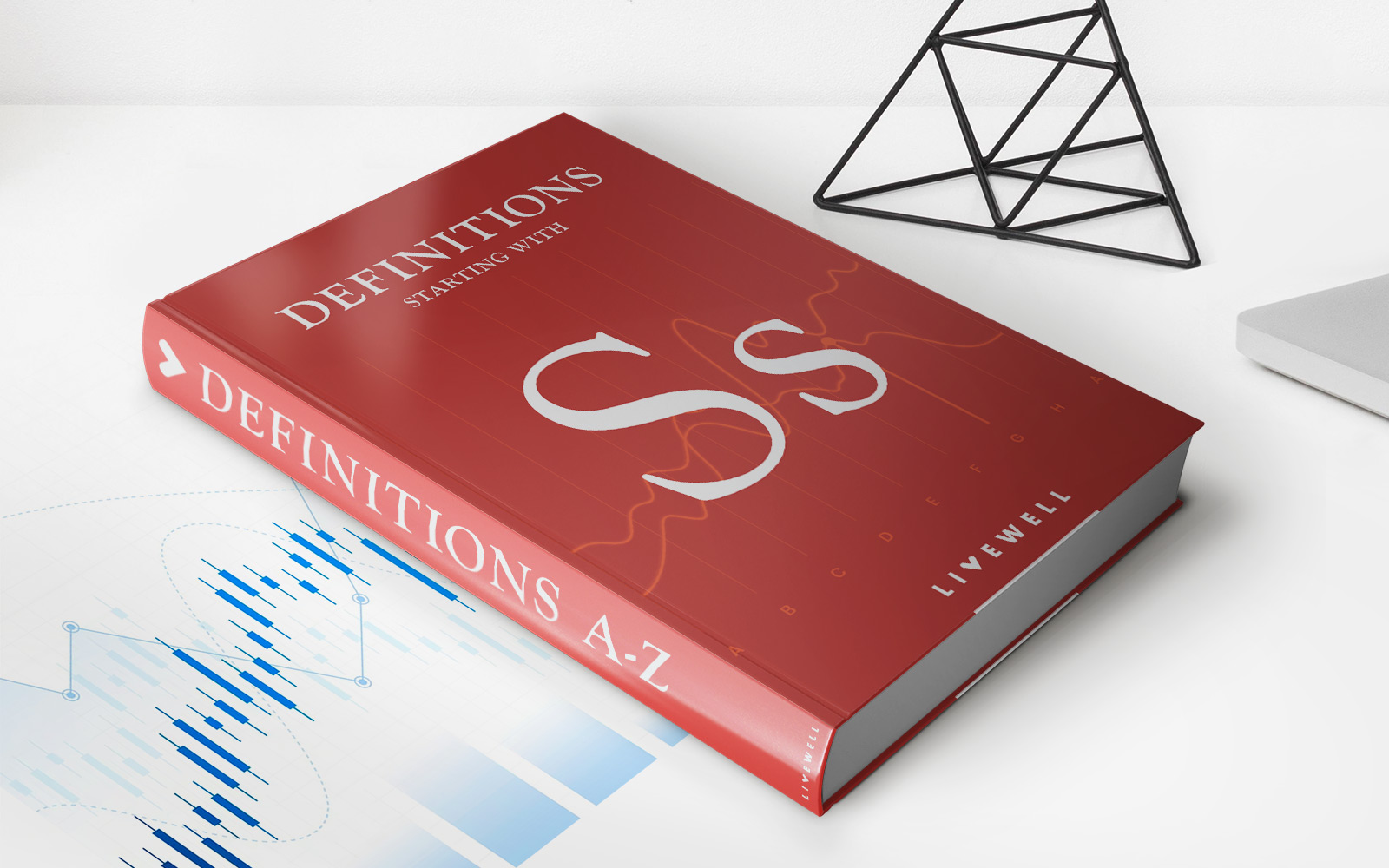Home>Finance>After-Tax Contribution: Definition, Rules, And Limits
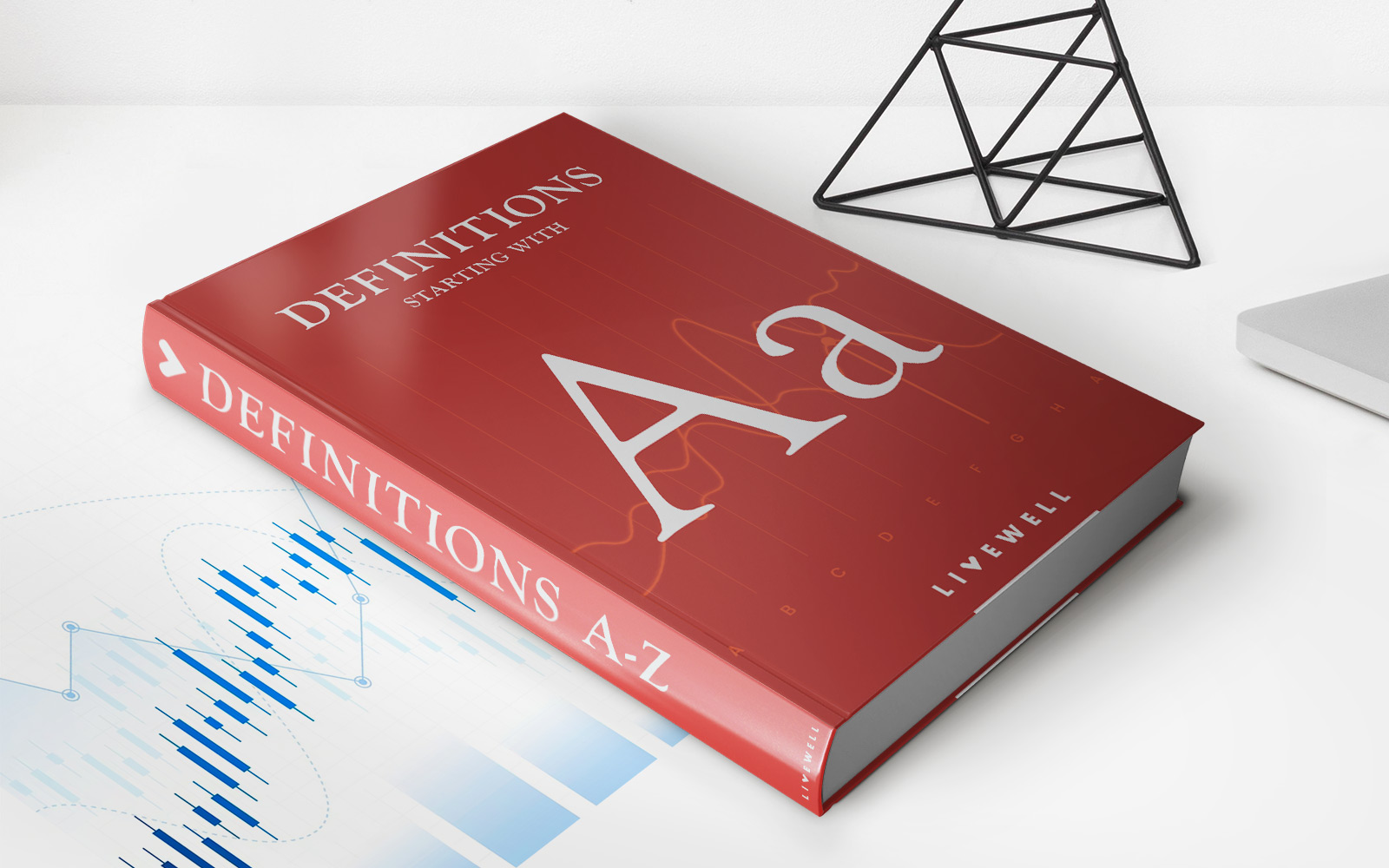

Finance
After-Tax Contribution: Definition, Rules, And Limits
Published: October 3, 2023
Learn the definition, rules, and limits of after-tax contributions in finance, and maximize your savings for a brighter financial future.
(Many of the links in this article redirect to a specific reviewed product. Your purchase of these products through affiliate links helps to generate commission for LiveWell, at no extra cost. Learn more)
After-Tax Contribution: Definition, Rules, and Limits
Welcome to the Finance category on our blog! In today’s post, we’re going to dive into the world of after-tax contributions. If you’ve ever wondered what they are, the rules surrounding them, and the limits that apply, then you’re in the right place. So, let’s get started!
Key Takeaways:
- After-tax contributions are additional funds that individuals can contribute to their retirement accounts beyond the traditional pre-tax contributions.
- After-tax contributions can provide potential tax advantages and the opportunity for tax-free growth.
Now let’s jump into the details and understand what after-tax contributions really mean. In simple terms, after-tax contributions are the extra money you can put into your retirement accounts, above and beyond what you contribute on a pre-tax basis. These contributions are made with funds that have already been taxed, hence the name “after-tax”.
After-tax contributions can be an attractive option for individuals who want to boost their retirement savings and take advantage of potential tax benefits. Not only do these contributions have the potential to grow tax-free, but they also offer flexibility when it comes to withdrawing the funds in retirement.
Just like any financial account, after-tax contributions come with a set of rules and limits. Let’s take a closer look at some of the key points:
Rules Governing After-Tax Contributions:
- After-tax contributions are allowed in certain retirement accounts, such as a Roth IRA or Roth 401(k).
- There is no age limit for making after-tax contributions.
- The total combined contributions (pre-tax, after-tax, and employer contributions) must still follow the annual contribution limits set by the IRS.
- After-tax contributions are subject to certain income limits, which may vary depending on the type of retirement account.
- After-tax contributions can be withdrawn tax-free, provided that certain conditions are met, such as reaching the age of 59.5 or meeting the Roth IRA’s five-year holding period.
Understanding the rules and limits surrounding after-tax contributions is crucial to maximize the benefits they can provide. It’s always a good idea to consult with a financial advisor or tax professional to ensure you’re making the most informed decisions for your specific financial situation.
Conclusion:
After-tax contributions offer individuals an opportunity to supercharge their retirement savings and potentially enjoy tax-free growth. By understanding the rules and limits governing after-tax contributions, you can make informed decisions about your financial future. So, whether you’re looking to diversify your retirement savings or take advantage of potential tax benefits, exploring after-tax contributions may be a smart move.
We hope this blog post has shed some light on after-tax contributions and provided you with valuable insights. Remember, it’s never too early or too late to start planning for a secure and comfortable retirement.


